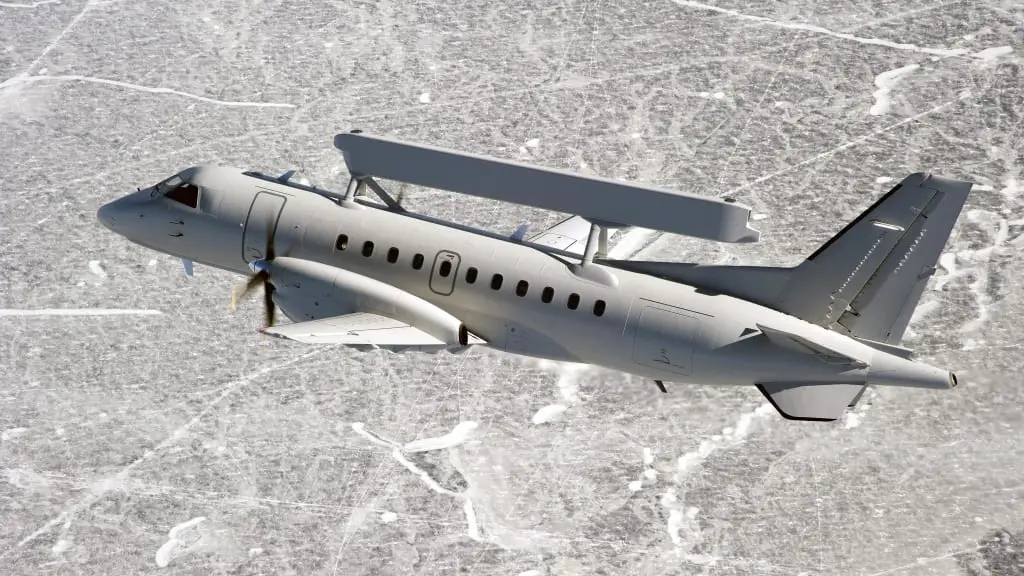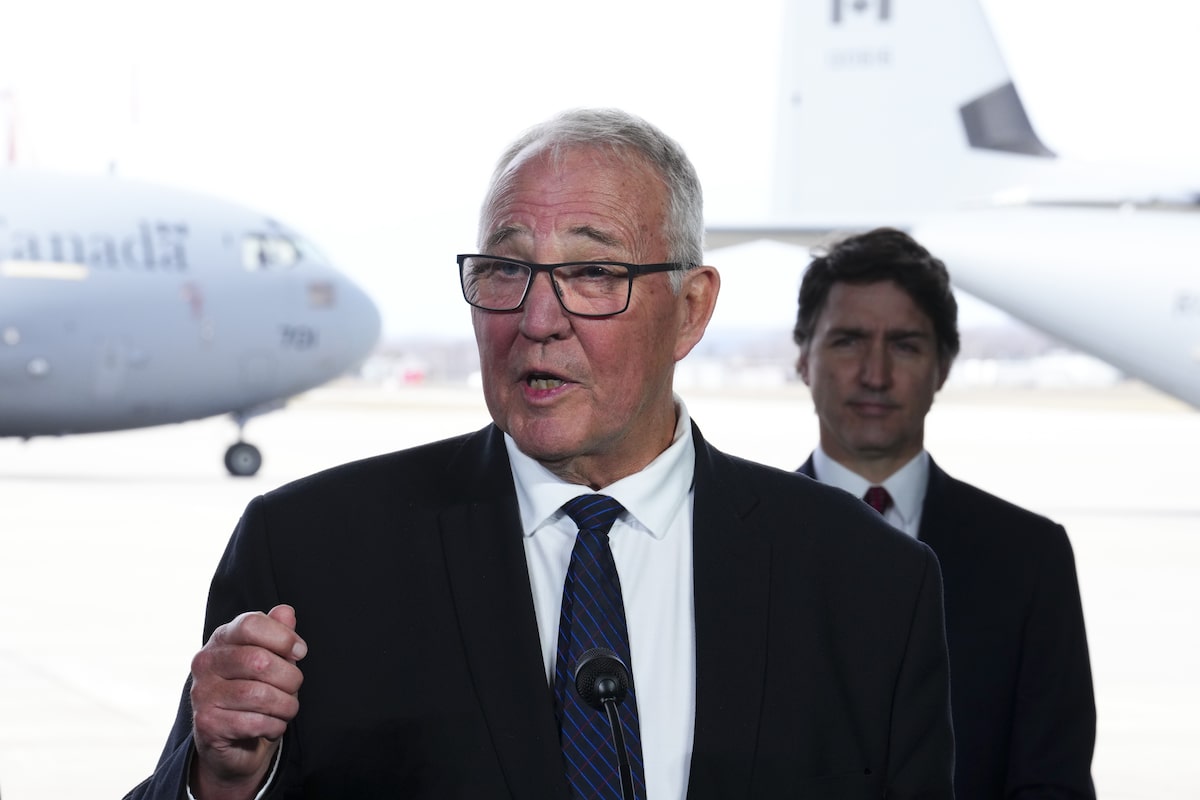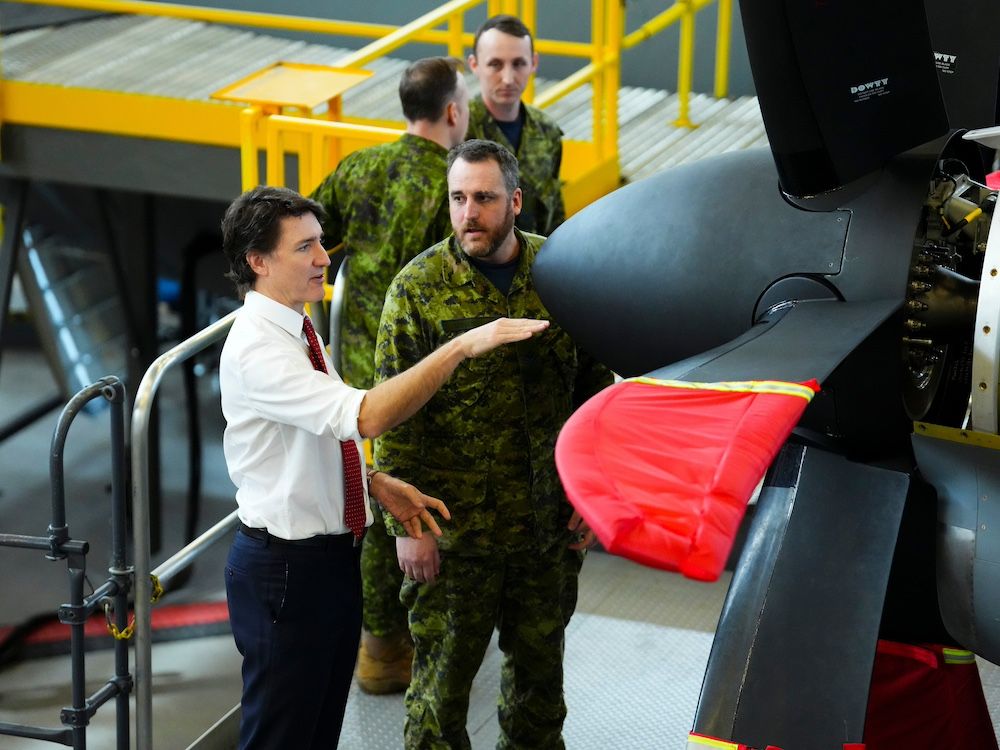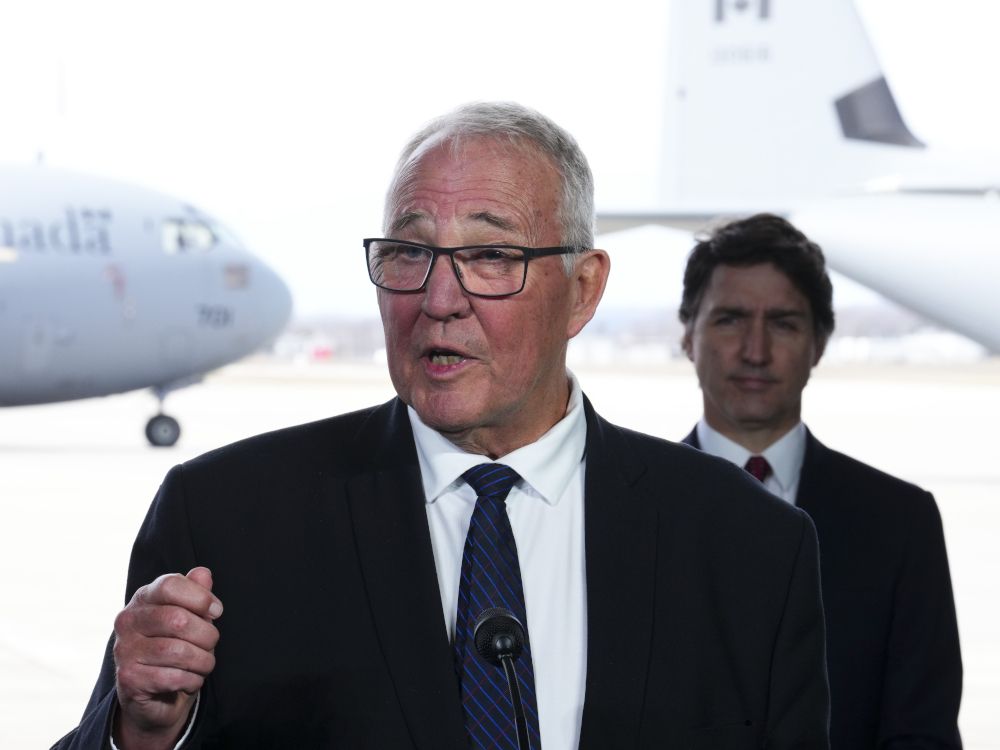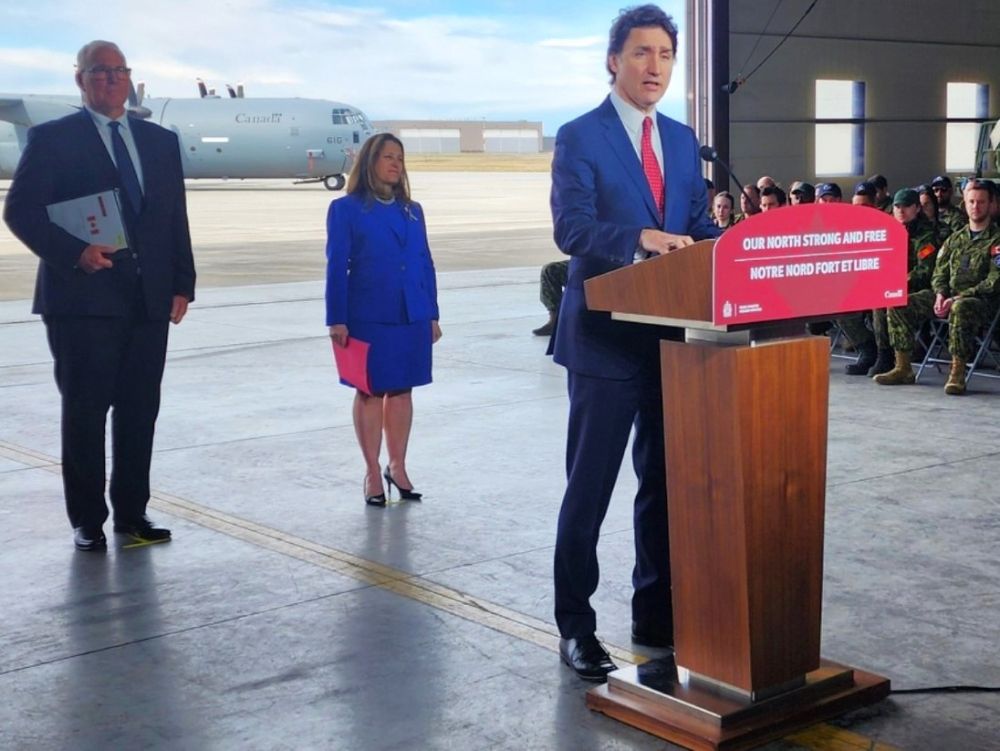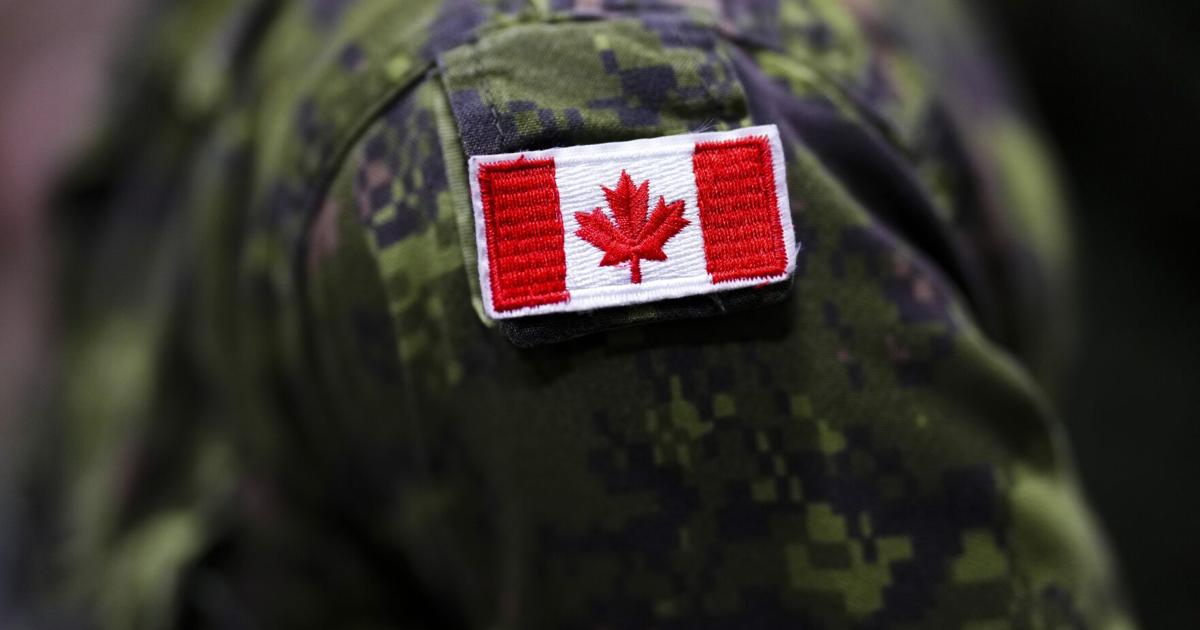The redesign of its force structure also reflects a less comfortable reality: fewer and fewer Americans are choosing to become soldiers. The force redesign announced in February is in part to rationalize a force designed to field an Army of 494,000 soldiers, but which in reality only has 445,000.
At the same time, the Army is hoping to push recruiting up through an intensive recruiting campaign, which includes new
ads, launching a trial program to make recruiting a
separate career path, and targeting older recruits.
The Army is seeing an
uptick so far over the same time last year, George told
Stars and Stripes in February. Still, it hit just 74% percent of its goal in the
first fiscal quarter of 2024, from Oct. 1 and Dec. 31.
Those soldiers aren’t just important for staffing out the Army’s formations—they’re also key to the soldier-centric Army innovation George wants to see. The more qualified, tech-centric soldiers the Army can attract, the more feedback the Army will get for their “transforming in contact mission.”
“We are going to get our best innovation from our soldiers, working with [product] developers,” George said in
Defense One’s State of the Army
interview. “Our soldiers are really innovative, they will figure out how to make things work.”






